Nubia Z80 Ultra review: Getting better, still not quite there
The Nubia Z-line gets a new flagship. Is it any good?

Nubia is a very interesting brand. It started as a subsidiary of the huge Chinese ZTE corporation but broke free and became independent in 2015. It's hard to pinpoint the focus of Nubia when it comes to smartphones, but if we're to use one word, it should be innovation.
The company launched the concept Alpha smartphone bracelet back in 2019 and was one of the first to introduce an under-display selfie camera. Now, more than five years later, Nubia is shifting its focus toward high-end smartphones with good camera capabilities and unique design.
And that's the description of the Nubia Z80 Ultra in a nutshell. The phone follows in the footsteps of its predecessor, offering a great package for the price and ironing out small kinks to offer a complete flagship package.
Speaking of pricing, the Nubia Z80 Ultra is available globally (including in the US) through Nubia's website starting at $729 for the 12/256GB model. Now onto the review!
Speaking of pricing, the Nubia Z80 Ultra is available globally (including in the US) through Nubia's website starting at $729 for the 12/256GB model. Now onto the review!
Table of Contents:
Nubia Z80 Ultra Specs
Flagship-grade?
Let's start with an overview of the Nubia Z80 Ultra specs:
| Nubia Z80 Ultra | Nubia Z70 Ultra |
|---|---|
| Size and Weight 164.5 x 77.2 x 8.6 mm 227 grams | Size and Weight 164.3 x 77.1 x 8.6 mm 228 grams |
| Display 6.85 inches, AMOLED, 144 Hz 1216 x 2688 pixels (~431 ppi density) 2000 nits peak brightness | Display 6.85 inches, AMOLED, 144 Hz 1216 x 2688 pixels (~431 ppi density) 2000 nits peak brightness |
| Processor Qualcomm Snapdragon 8 Elite Gen 5 (3 nm) | Processor Qualcomm Snapdragon 8 Elite (3 nm) |
| Software Android 16, Nebula AIOS 2 | Software Android 15, Nebula AIOS |
| Cameras 50 MP, f/1.7, 35mm (standard), 1/1.3", 1.2µm, PDAF, OIS 64 MP, f/2.4, 85mm (periscope telephoto), 1/2.0" 50 MP, f/1.8, 18mm (ultrawide), 1/1.55", PDAF | Cameras 50 MP, f/1.6-4.0, 35mm (standard), 1/1.56", 1.2µm, PDAF, OIS 64 MP, f/2.5, 70mm (periscope telephoto), 1/2.0" 50 MP, f/2.0, 13mm (ultrawide), 1/2.88", PDAF |
| Battery Size 7,200 mAh | Battery Size 6,150 mAh |
| Charging Speeds 90W wired, PD3.0, QC4 80W wireless | Charging Speeds 90W wired, PD3.0, QC4 No wireless charging |
| Prices $729 for the 12/256GB version | Prices $729 for the 12/256GB version |
Nubia created a recognizable aesthetic back with the Z40 Ultra, and the company has been perfecting this point-and-shoot camera design ever since. The huge camera bump Nubia calls DECO is now smaller, but the signature big camera-like ring around the main snapper is still here.
There are a lot of buttons around the frame. From the textured red power button, through the volume rocker, the mute slider, and finally to the double-action camera shutter button. The latter is a feature we've only seen in Xperia phones. At least until now.

The Nubia Z80 Ultra in black, white, and blue | Image by Nubia
The Nubia Z80 Ultra comes in three colors—Black, White, and Blue, with the latter resembling a Van Gogh painting with artsy swirls (actually, there's Starry Night written on this one). The black version is our favorite, as this color reinforces the point-and-shoot camera look.

Not bad but something is missing | Image by PhoneArena
The retail box situation is a bit strange. There's a cable and a back cover inside the box, but the charging brick is nowhere to be found. Which is a shame, because this phone supports 90W wired charging, and these chargers are not easy to come by. You won't get the same charging speed from your normal 30W charger lying around.
It seems Nubia has succumbed to this new trend of removing the charger, as the previous model featured a brick in the box. Nothing lasts forever.
The 6.85-inch display of the Nubia Z80 Ultra stretches across the front uninterrupted. Nubia uses an under-display camera that's able to see between the pixels, so the experience is pretty wild. You're holding a rectangular screen in your hand.
Interestingly, our test showed rather uniform brightness of around 1400 nits at 20% APL and at 100% APL as well, which points toward a limiter of some sort. Normally, the smaller the lit area is the higher the output brightness. We will run the tests again, tweaking the different modes to see if it changes.
In terms of other metrics such as minimum brightness, color accuracy, and temperature, the Nubia Z80 Ultra performs decently. The minimum brightness is not at the level of your top iPhone and Galaxy models, and the color accuracy also doesn't turn heads, but we're spoiled by modern displays anyway. Under direct sunlight the Nubia Z80 Ultra is perfectly legible, and overall the display looks gorgeous.
In terms of other metrics such as minimum brightness, color accuracy, and temperature, the Nubia Z80 Ultra performs decently. The minimum brightness is not at the level of your top iPhone and Galaxy models, and the color accuracy also doesn't turn heads, but we're spoiled by modern displays anyway. Under direct sunlight the Nubia Z80 Ultra is perfectly legible, and overall the display looks gorgeous.
Biometrics have been upgraded from the last generation. The Z80 Ultra now features an under-display ultrasonic fingerprint reader, similar to the one found on Galaxy devices. It works blazingly fast, and it is also very accurate. Facial recognition is also available, but it uses the under-display selfie camera with no fancy radar or ToF tech, so it's not very secure.
The looks of the Nubia Z80 Ultra suggest we're talking about a camera phone here, and the camera system inside the DECO backs this up, at least on paper. The phone comes with a 50MP main camera with a big 1/1.3" sensor and a rather intimate 35 mm focal length equivalent (we're used to 23-25 mm on most smartphones).
There's a periscope telephoto system that uses a 64MP sensor and gives you 85 mm, which is around 2.4X zoom compared to the main camera. Bear in mind that being 35 mm, the main camera is not as wide as the main cameras on other flagships, and here 2.4X zoom may translate to 3.7X when compared to a phone with a 23 mm main camera.
The ultrawide camera uses a 50MP sensor under an f/1.8 lens. Nubia has updated all of the cameras compared to the last model, so it will be interesting to see how the phone performs in some real-life scenarios. In our camera benchmark, it managed a composite score of 139 (out of 158), which is not great, not terrible. Time for some samples.
The main camera snaps photos with a 35 mm focal length equivalent, which is not that wide in the smartphone world. The samples look good, with plenty of detail, nice colors, and a wide dynamic range. You can get quite good results, especially on a bright and sunny day; nothing to complain about here.
The ultrawide samples look okay too, but there's a slight loss of detail, and the color saturation is higher. Not to the point where colors look unreal, but you can tell the difference. Overall, solid results from the ultrawide camera as well.
The periscope telephoto produces images with 85 mm focal equivalent, which is around 2.4X if you directly compare the samples to the main camera. Nubia says it's 3X if you take a 26 mm main camera as a starting point.
The selfie shots look soft and processed, but that's the price to be paid for the edge-to-edge uninterrupted screen. If you do a lot of content with the front-facing camera, this phone might not be the right one for you.
Video Quality

The Z80 Ultra can record videos with up to 8K resolution at 24 frames per second. The best results are achieved at 4K/60, but even at this resolution, there's some noise and some artifacts. The image stabilization isn't that good as well (even though it looked okay during the test, seeing it on a bigger screen reveals the choppiness).
The Nubia Z80 Ultra is another bearer of the Snapdragon 8 Elite Gen 5 banner. The latest and greatest Qualcomm silicon has been giving Apple's A19 Pro a serious run for its money lately, so it will be interesting to see how the Nubia Z80 Ultra performs. Especially without fancy liquid cooling systems and active fans.
CPU Performance Benchmarks:
The results are quite interesting. In the single-core performance test, the Nubia Z80 Ultra basically mimics the result of the RedMagic 11 Pro we tested earlier this week. The Dimensity 9500 inside the Oppo Find X9 Pro lags behind both in single and multi-core performance, so the Snapdragon is winning this battle as well.
GPU Performance
Here's where the lack of a fancy cooling system starts to show. The first pass of the extreme stress test yielded lower score than the RedMagic 11 Pro and the Oppo Find X9 Pro with its Dimensity 9500 chipset. Things get worse under heavy load. The Z80 Ultra throttles so much that the stability is less than 50%. If you look at the graph in the pictures above, it's quite strange with an initial fall, then quite a consistent flat line and another dip toward the end of the test.
In terms of storage and RAM, you have a couple of configurations to choose from, starting with 12/256GB base, and going up to 16GB/1TB.
Nubia Z80 Ultra Software
Android 16 runs inside the veins of the Nubia Z80 Ultra with the company's custom UI, called AIOS, on top. It's a quite straightforward Android distribution, clean and easy to use, with minimal bloatware installed.
For everything else, there's Gemini available; you can long-press the power button and summon Google's LLM to aid you in your day-to-day endeavors. In terms of updates, Nubia says it will support the Z80 Ultra for three years, which is on the lower side compared to the seven-year support that most popular flagships bring nowadays.
Nubia Z80 Ultra Battery
Almost the biggest out there
The Nubia Z80 Ultra is the latest flagship phone from the Far East to feature a silicon-carbon battery. Why do Apple, Samsung, and Google still lag behind in this regard? Click on the link to find out. Meanwhile, the Z80 Ultra boasts an impressive 7,200 mAh capacity. It's not as impressive as the 7,500 mAh battery inside the RedMagic 11 Pro (which currently occupies the top spot in our battery rating), but it's still huge.
PhoneArena Battery Test Results:
The breakdown of the result shows some interesting things. The RedMagic 11 Pro draws more battery during gaming, being a dedicated gaming phone (it ups the touch sampling rate, boosts the refresh rate of the screen, and fires the liquid cooling and the fan). You can game for longer on the Z80 Ultra, ironically.
23 hours of nonstop browsing and 13 hours of video playback are both impressive results! We're entering the two-day phone era.
23 hours of nonstop browsing and 13 hours of video playback are both impressive results! We're entering the two-day phone era.
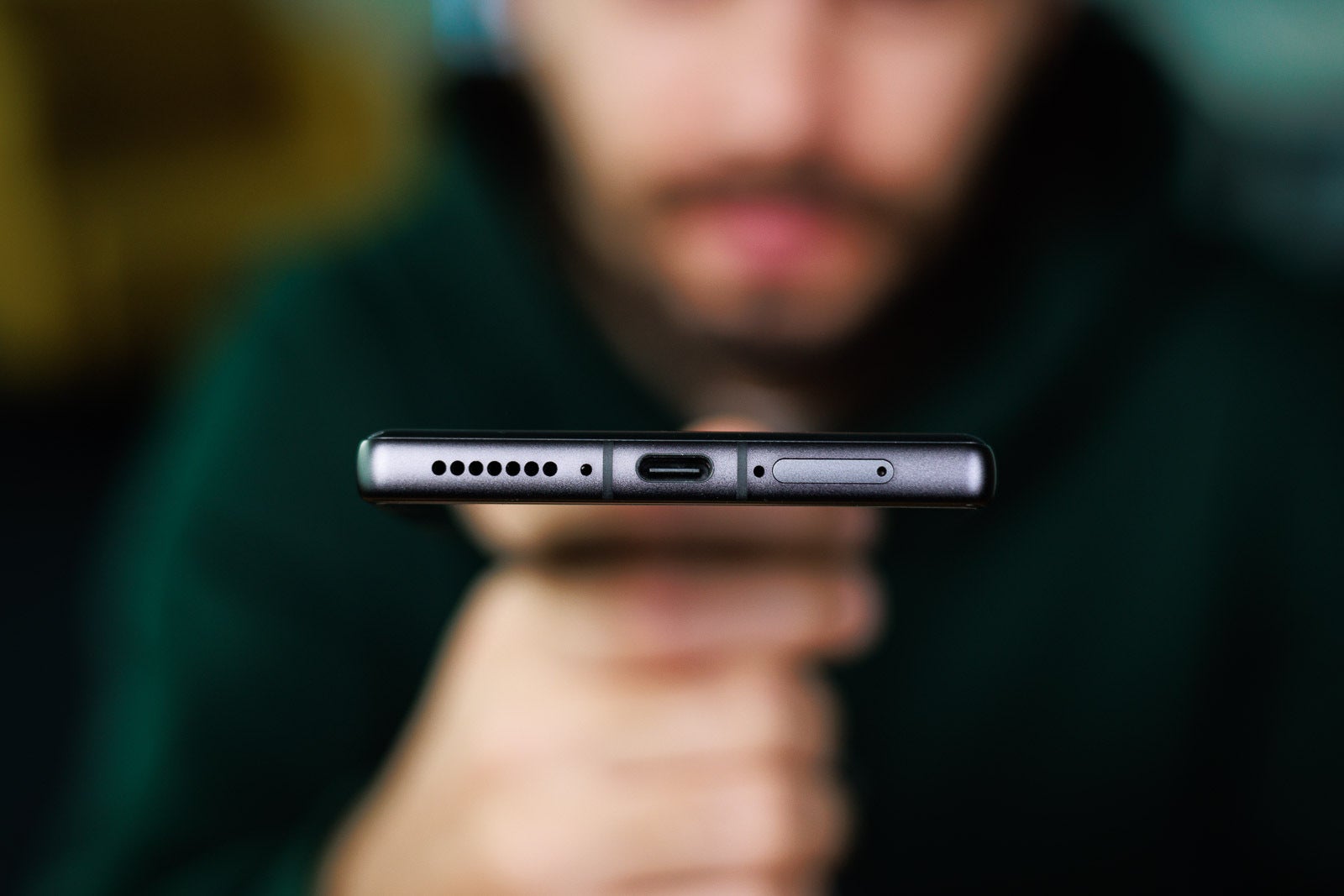
Charging is also pretty fast, both wired and wireless. You will need proprietary chargers for both, but the Z80 Ultra supports up to 90W of wired power and 80W wirelessly, so if you get the proper chargers, you will be able to charge from zero to full in about one hour.
Nubia Z80 Ultra Audio Quality and Haptics
There's a stereo speaker system on the Nubia Z80 Ultra—it's the usual loudspeaker/speakerphone combo. The volume is pretty decent, although there's harshness in the high-frequency range, especially at high or max volume. The bass is also not as present and rich as the one on audio champions such as the ROG phones or the Honor Magic series of flagships.
There's no 3.5 mm headphone jack either, so you're limited to Bluetooth connectivity for audio, but that's nothing new. In terms of haptics, the Nubia Z80 Ultra performs admirably; the vibration is very precise and tight, but it's not very powerful.
Should you buy it?
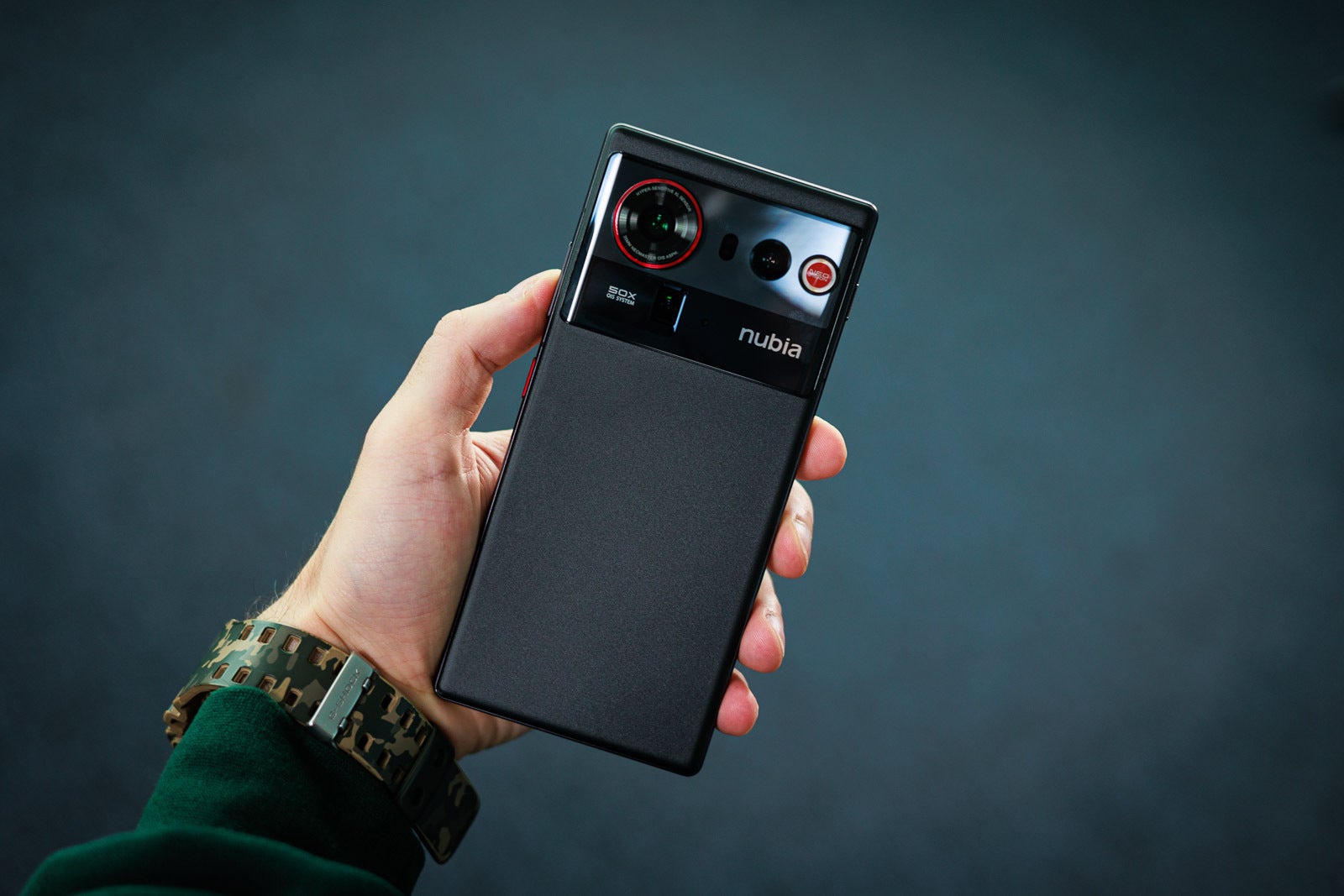
The Nubia Z80 Ultra is one of your cheapest routes to owning a Snapdragon 8 Elite Gen 5 phone. But it's not just that. The design is pretty unique and will turn heads, for sure, the battery life is amazing, and the camera system is pretty decent, too.
On the downside, the phone gets quite hot under load and the performance drops significantly, and even though the camera system is decent, it's still far from other camera phones on the market.
So, should you spend $729 on this interesting flagship? If you want something fresh and you're fed up with what Apple, Samsung, and Google are dishing out, the Nubia Z80 Ultra can be a great alternative. If you prefer to play it safe, you should look elsewhere.
On the downside, the phone gets quite hot under load and the performance drops significantly, and even though the camera system is decent, it's still far from other camera phones on the market.
So, should you spend $729 on this interesting flagship? If you want something fresh and you're fed up with what Apple, Samsung, and Google are dishing out, the Nubia Z80 Ultra can be a great alternative. If you prefer to play it safe, you should look elsewhere.
Follow us on Google News


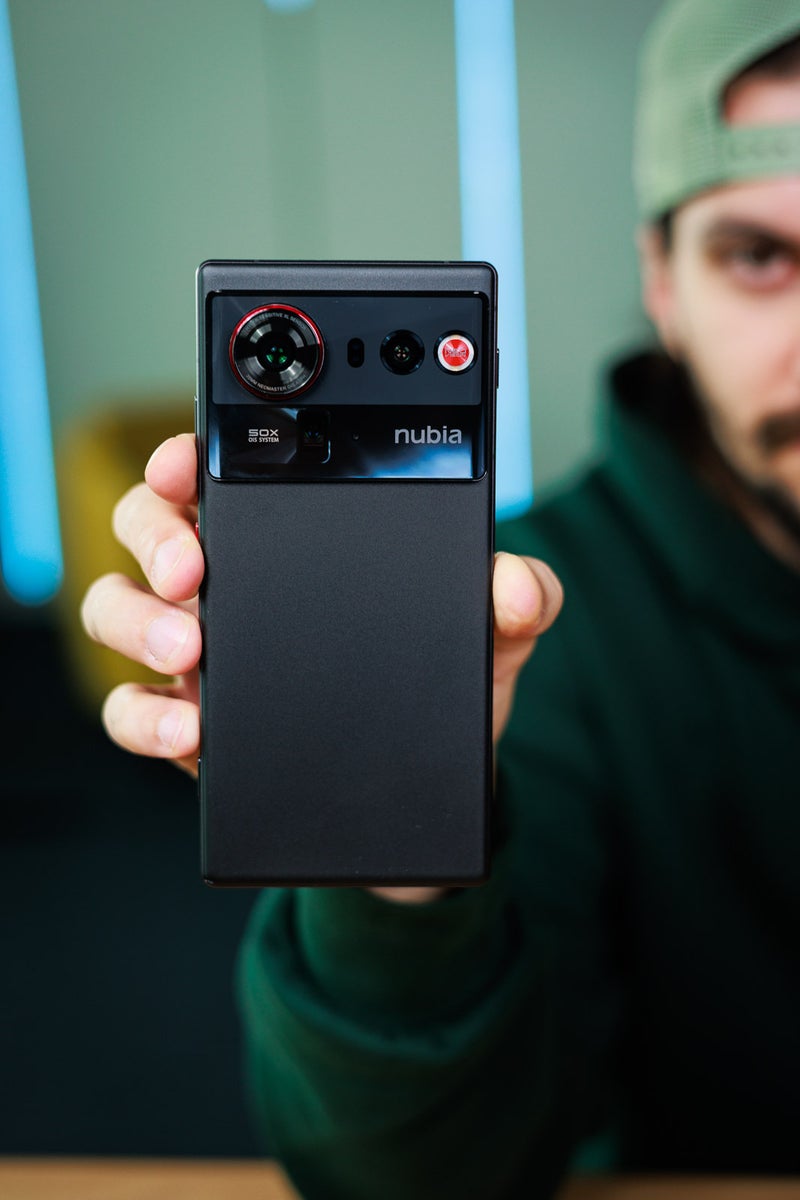
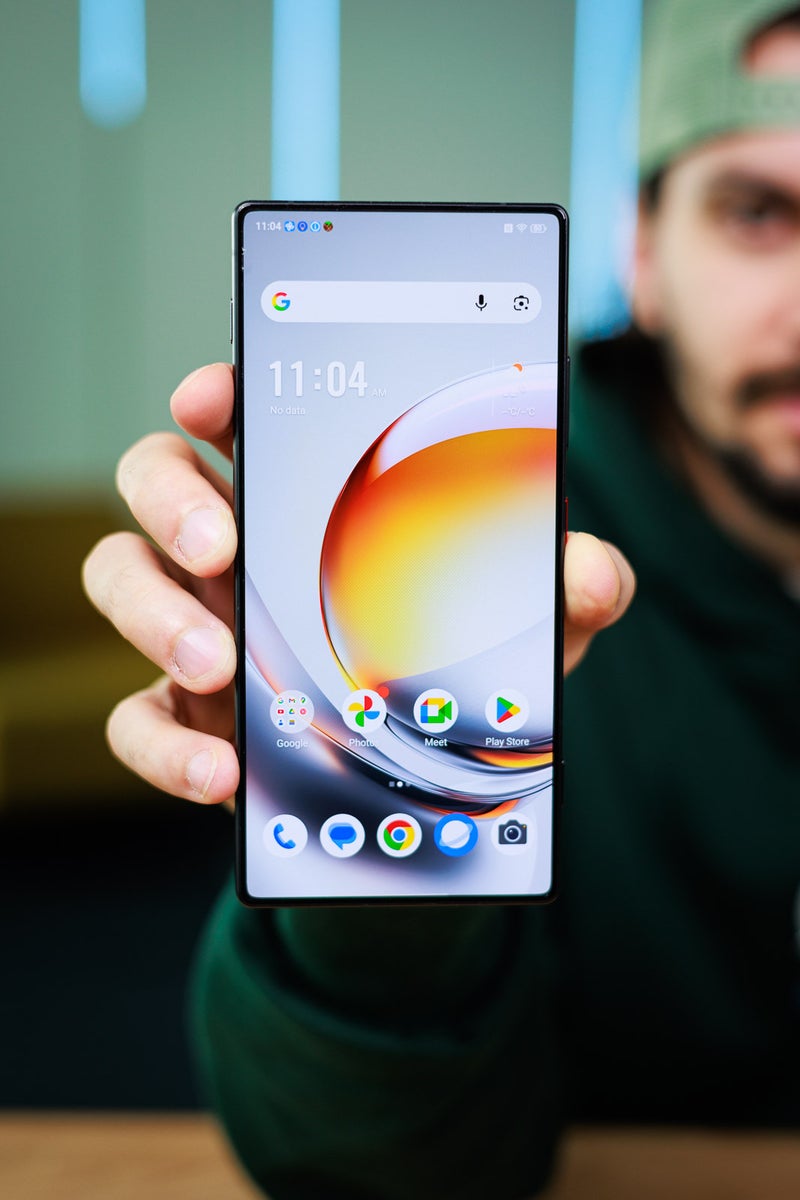
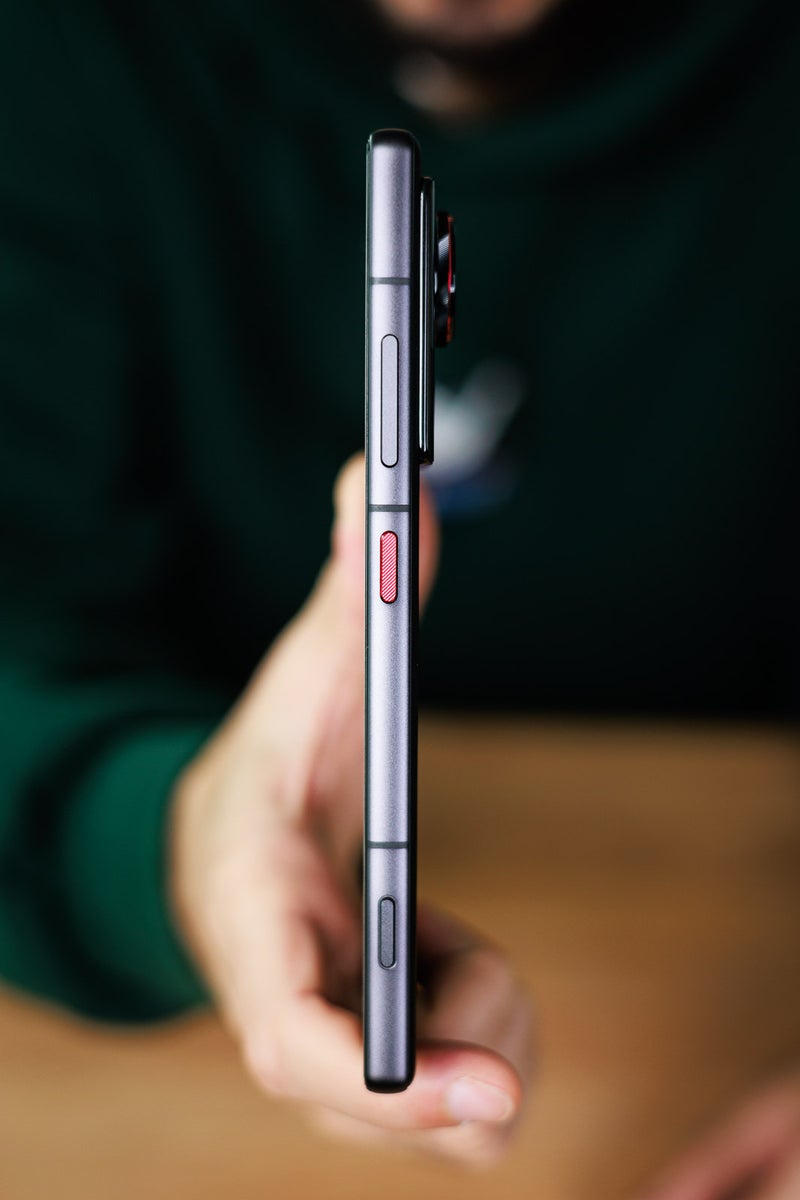
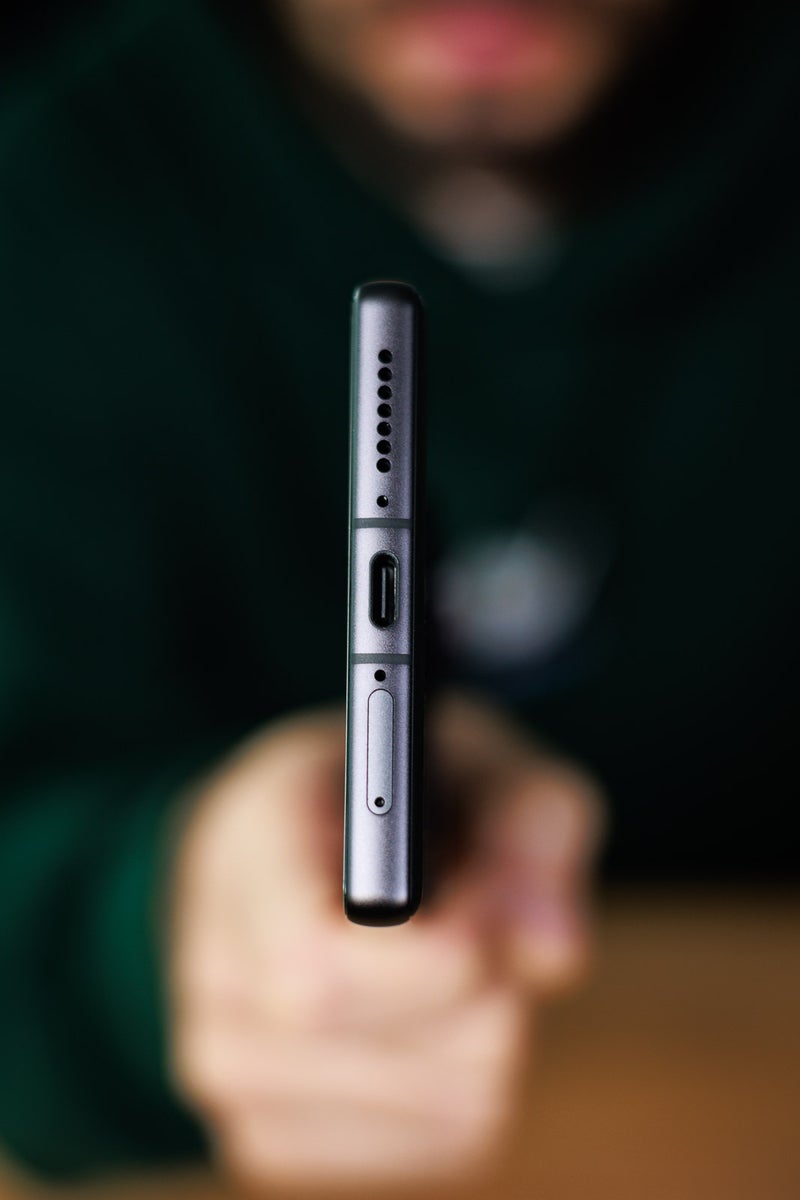
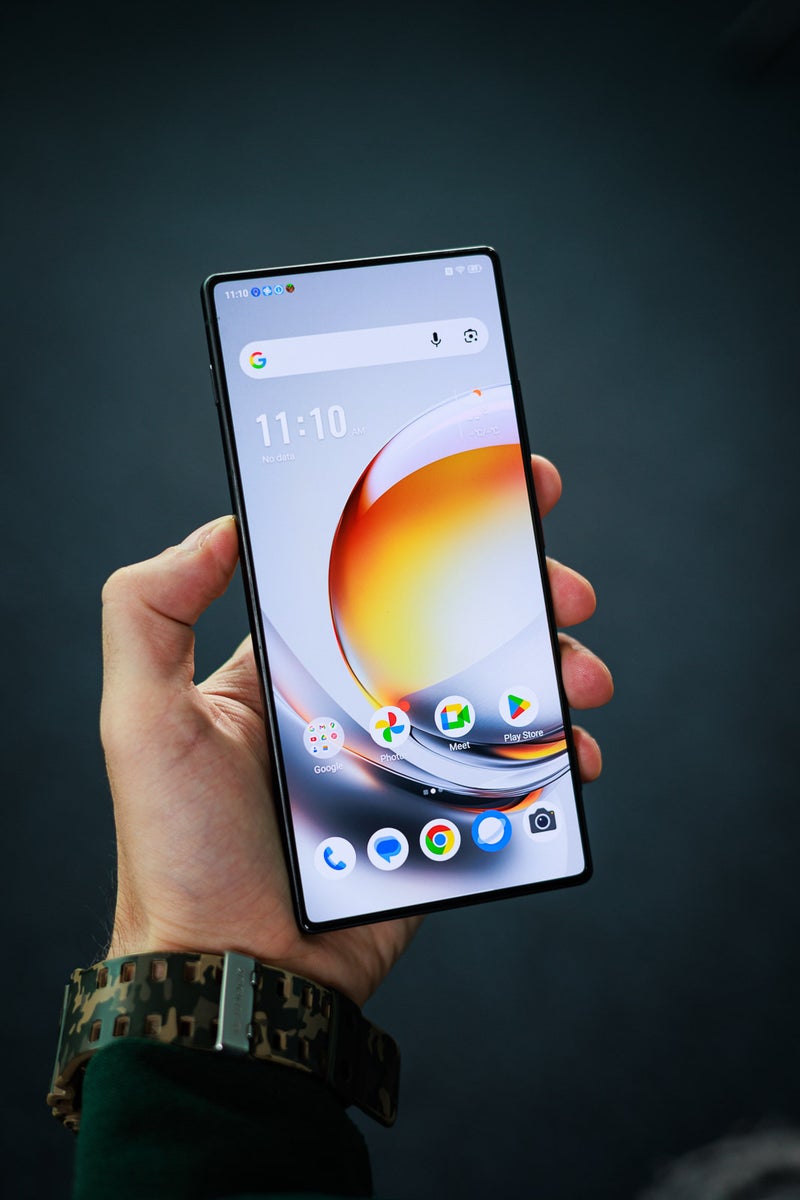
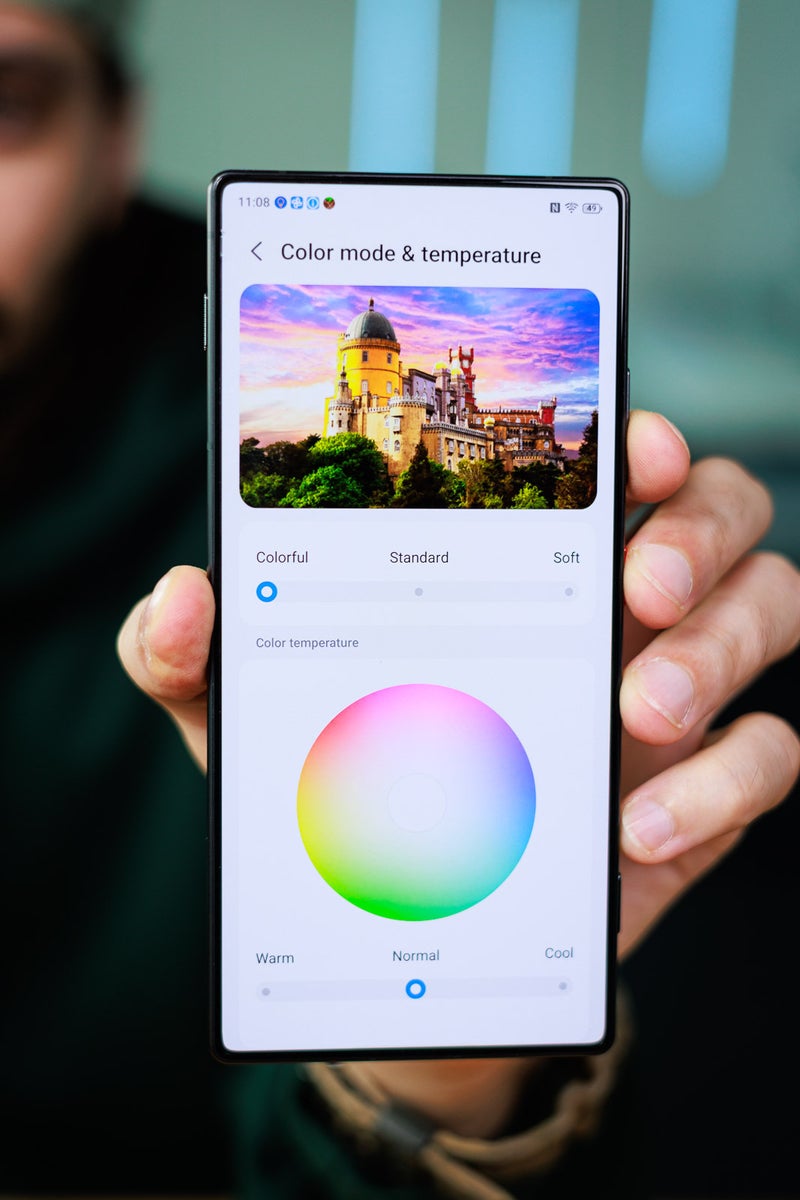
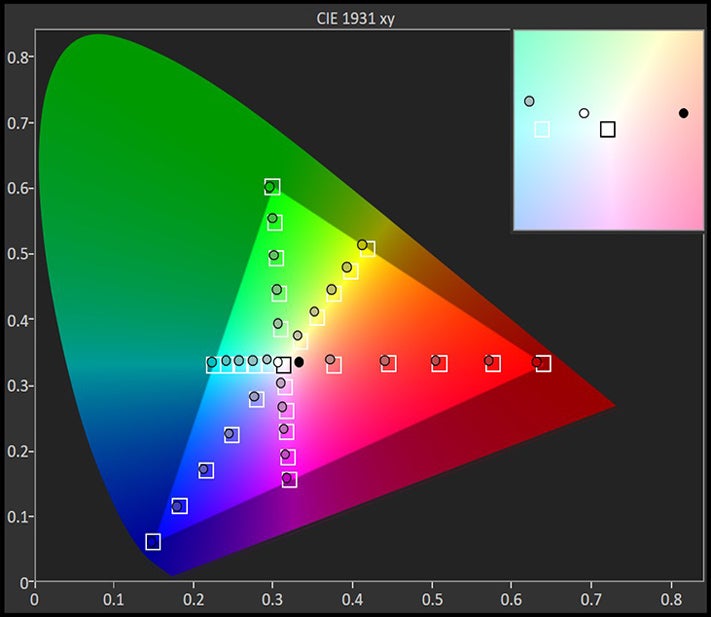











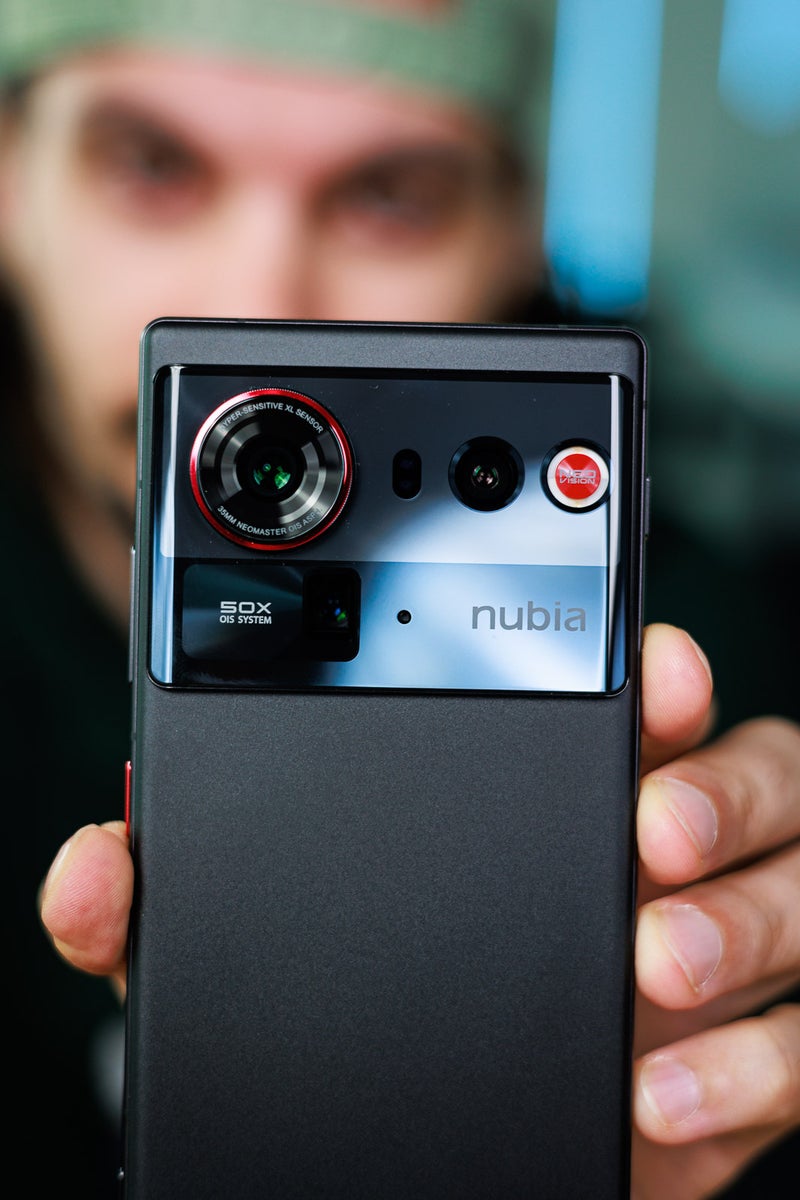

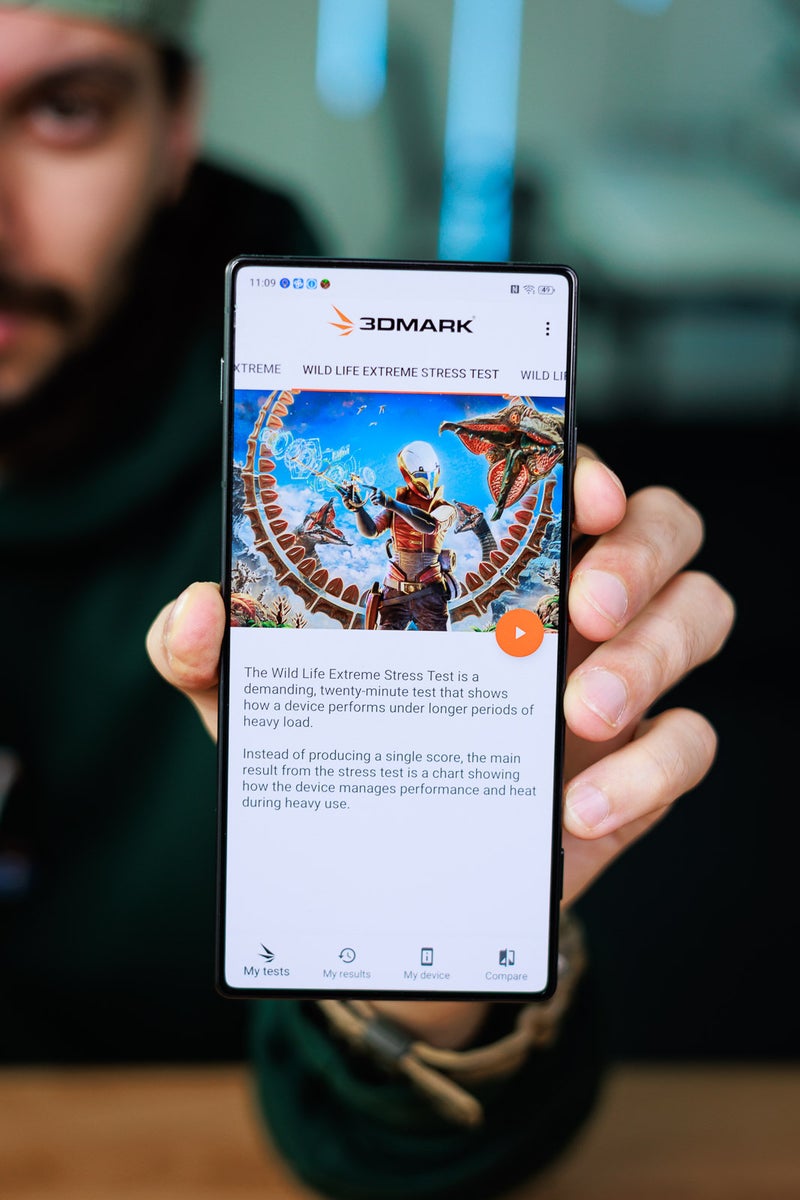
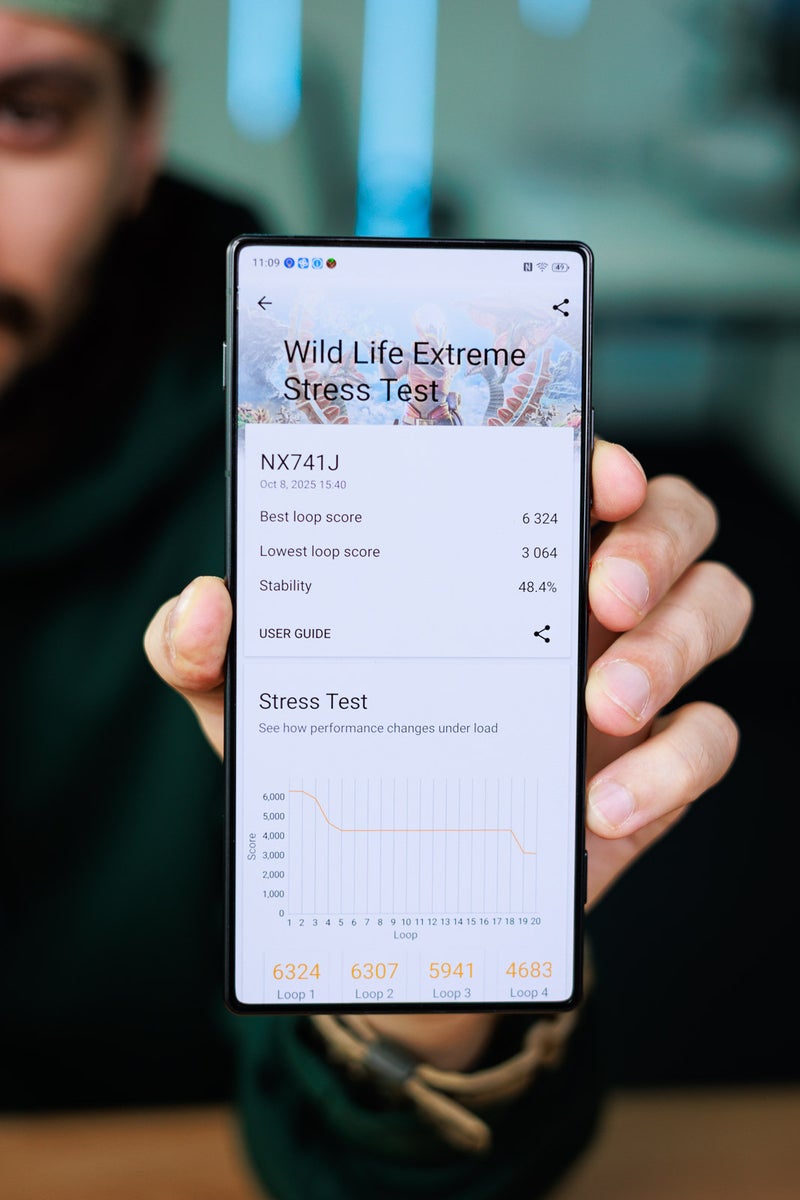

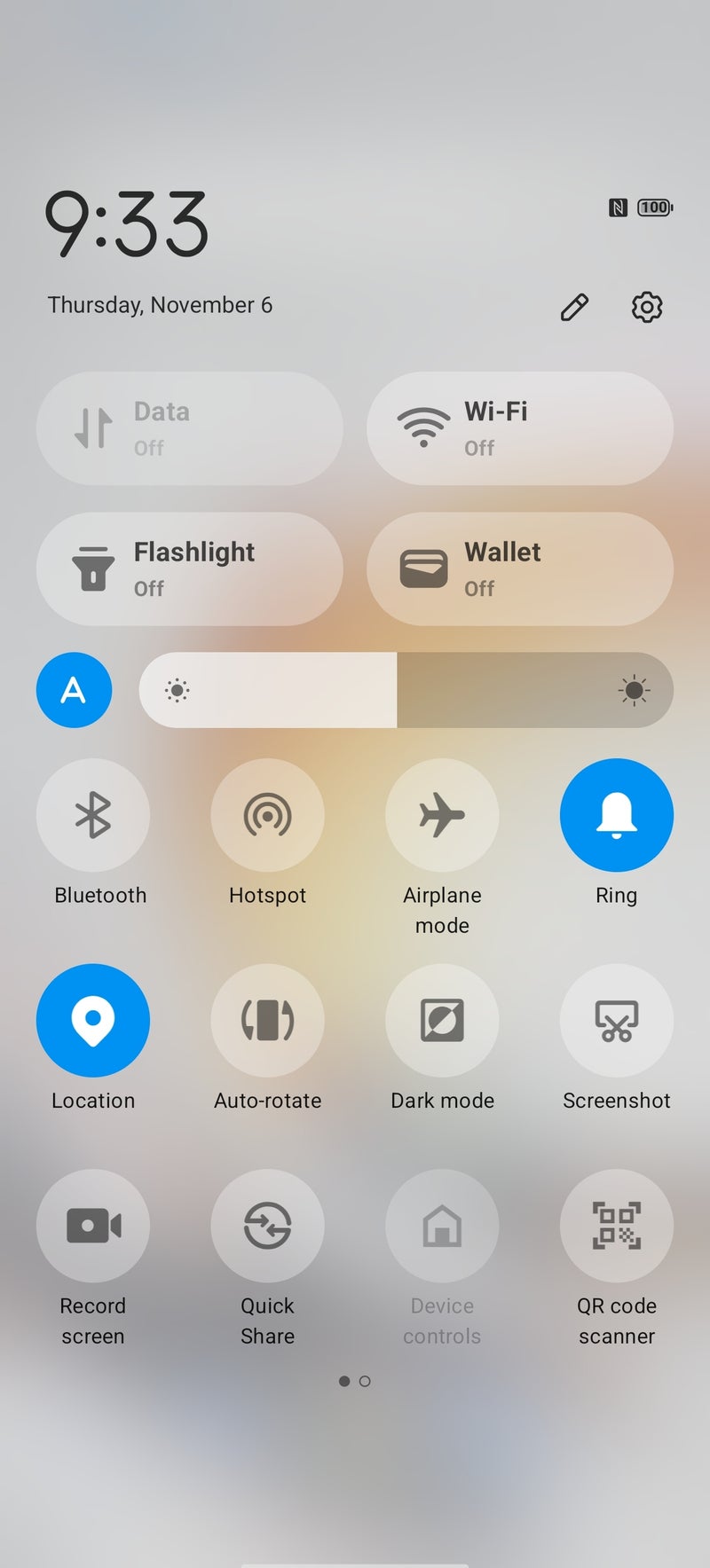
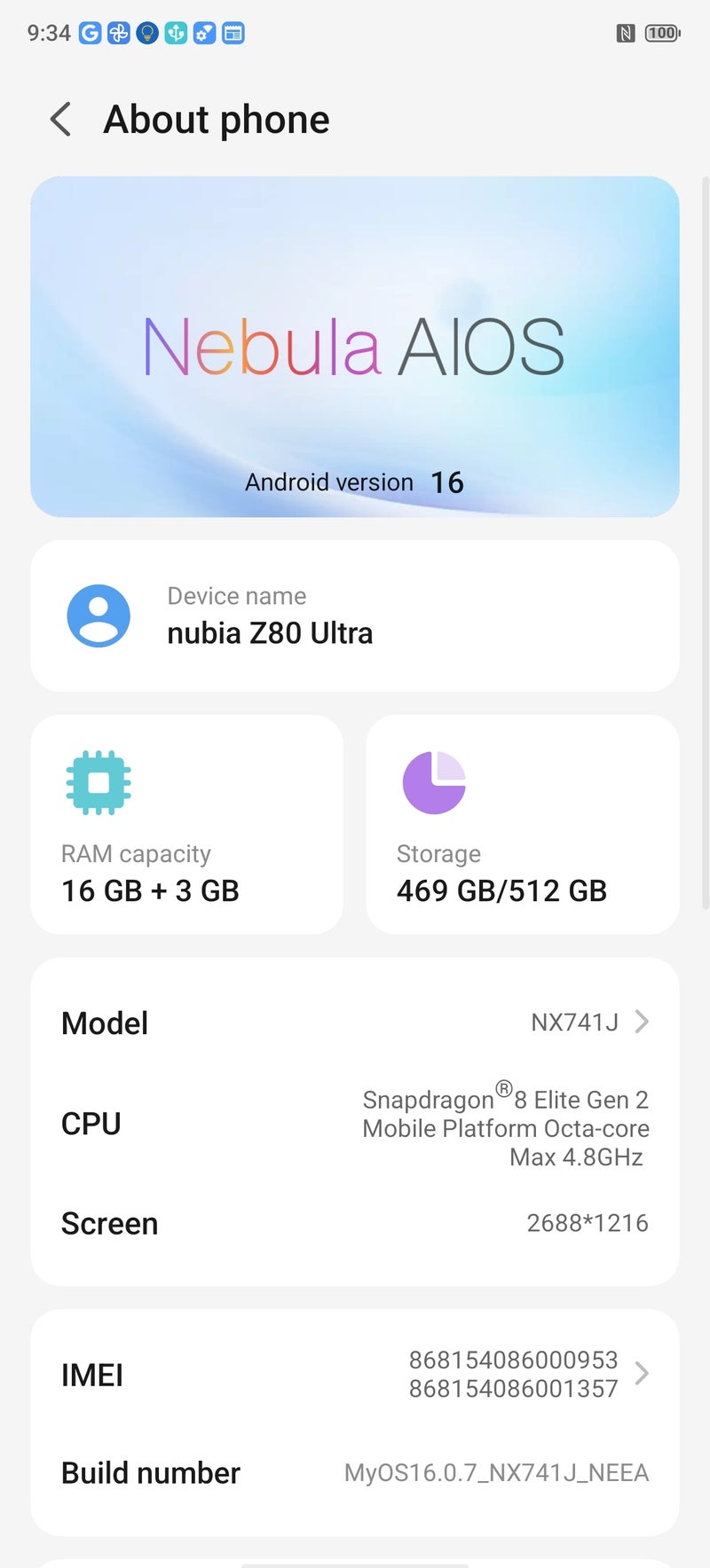
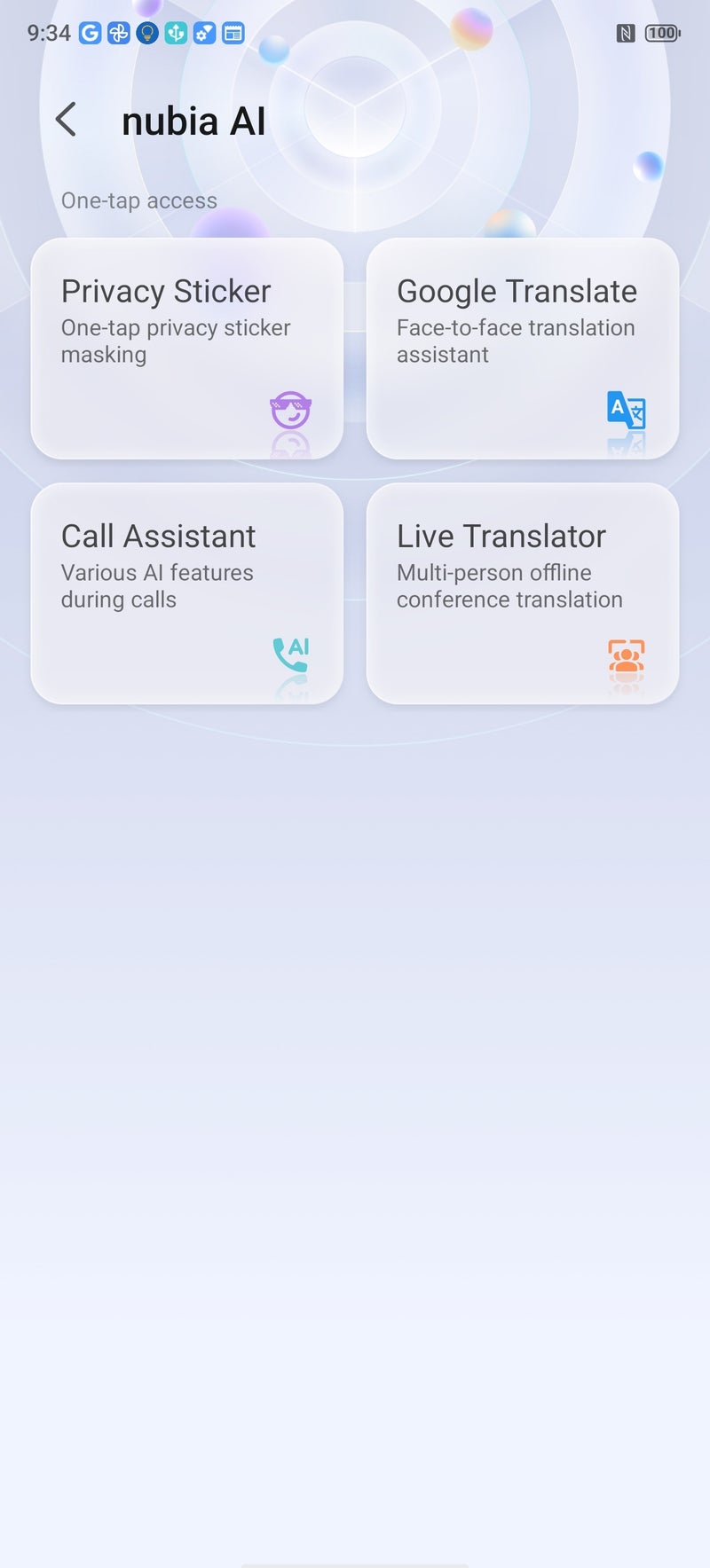
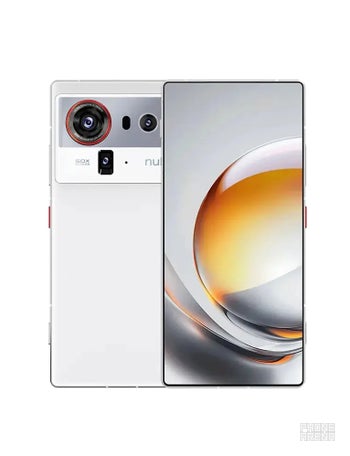

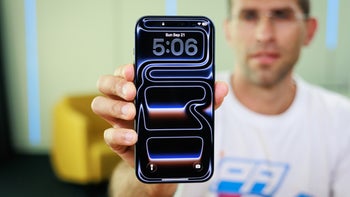

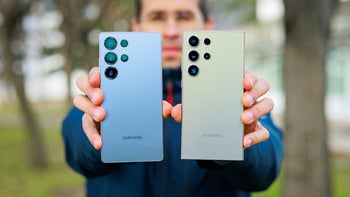
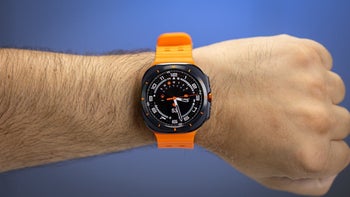
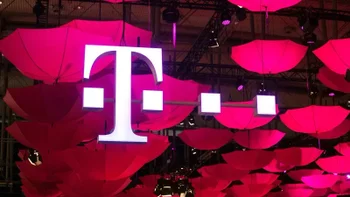
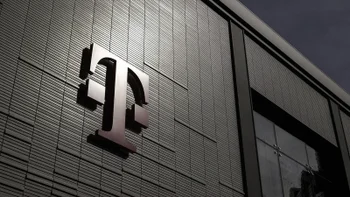
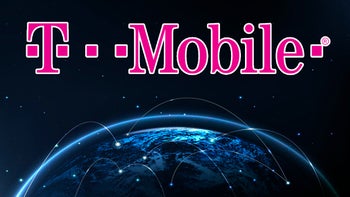

![A new Android bug is making it impossible to install new apps. Are you affected? [UPDATE]](https://m-cdn.phonearena.com/images/article/176703-wide-two_350/A-new-Android-bug-is-making-it-impossible-to-install-new-apps.-Are-you-affected-UPDATE.webp)
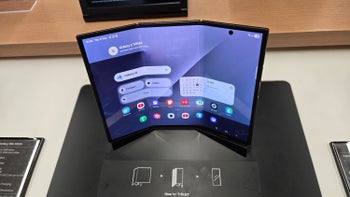
Things that are NOT allowed:
To help keep our community safe and free from spam, we apply temporary limits to newly created accounts: